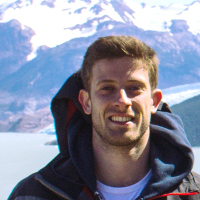Professor of Astrophysics
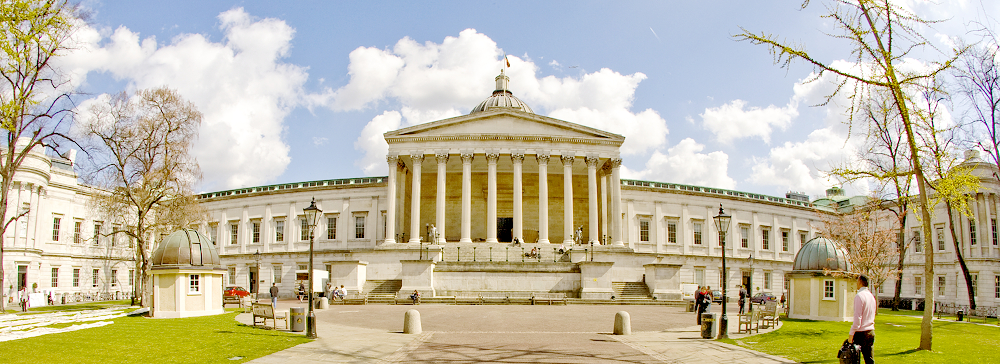
Current group members
Pascal Förster
Pascal is studying the role of gas in setting the star formation properties of galaxies and their evolution, with a focus on analytic models. Before joining
UCL, Pascal worked with the Magneticum galaxy simulations team and studied the alignment of satellite galaxies.
| publications
| contact
|

Dakshesh Kololgi
Dakshesh is a first year PhD student, taking part in our doctoral training programme in Data
Intensive Science. In co-supervision with Prof Ofer Lahav, Dakshesh's project will involve applying statistical and machine learning
methods to data from the DESI survey to better understand the link between galaxies and the large scale environment.
| publications | contact
|

Amara Mighty
Amara (re)joined UCL in 2023 to begin her PhD, after having completed her undergraduate studies here. The objective of her research is to combine multiple
pieces of evidence for variations of the initial mass function across the galaxy population and with redshift as part of a cohesive picture. In the first instance, the project involves
exploiting the data from the DESI survey. In parallel, Amara is involved in several outreach and education programmes at UCL and beyond.
| publications | contact
|

Dirk Scholte
The overall aim of Dirk's PhD project is to study the galaxy-halo connection by measuring the baryon-to-halo mass ratio in the DESI
survey. As part of this, he is using data from the ALFALFA HI survey as well as CLOUDY photoionisation models to recover information about the cold interstellar
medium of galaxies from their optical spectra. This is then all applied to the study of the mass-metallicity relation, as well as to the galaxy-halo connection, using weak lensing to determine dark halo masses.
| publications
| contact
|
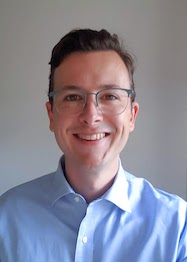
Matthew Scourfield
Matt's thesis work is centered on the exploration of molecular gas tracers "beyond CO" for
applications in extreme environments (e.g. very low metallicity and/or high redshift galaxies). As part of this work, he is using high resolution ALMA observations of
nearby galaxy NGC1068 to investigate the properties of gas in the inner regions where both a starburst and an AGN
are located, using the CS molecule as a tracer. Matt is
also working on machine learning methods to extract information about the interstellar medium of galaxies that will be observed as part of the DESI survey.
| publications
| contact
|

Federico Speranza
For his PhD project, Federico is building a Bayesian parameter estimation framework to extend the study of galaxy scaling relations into poorly sampled regions
of parameter spaces. Applications include correction mass and luminosity functions for incompleteness, and studying the redshift evolution of gas abundance in galaxies.
| publications
| contact
|

Past group members
Dr. Gioacchino Accurso
Gio completed his PhD at UCL in October
2016. He built an interface to self-consistently combine different 3D
radiative transfer codes in order to simulate the
multi-phase interstellar medium of entire
galaxies. This code has allowed Gio to quantify the
nature of [CII] emission across the galaxy population, and
to calibrate a new independent CO-to-H2 conversion
function which he has used to show that low mass
main-sequence galaxies are equally efficient at converting
molecular gas into stars than their higher mass
counterparts.
| publications
| contact
|
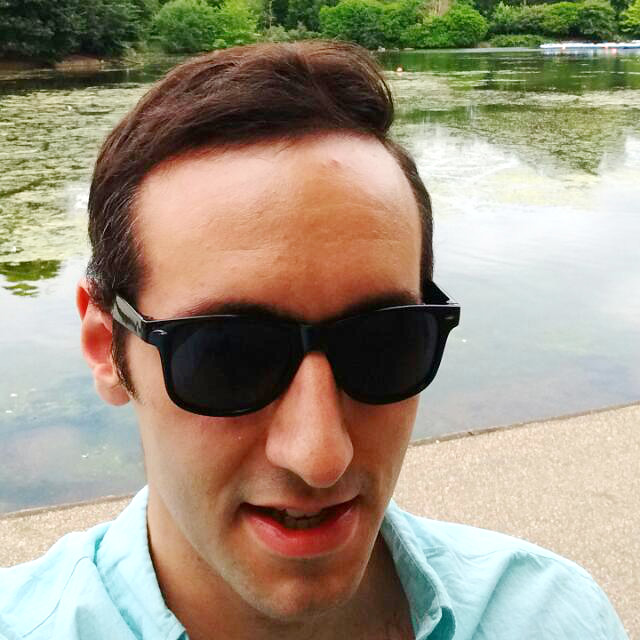
Dr. Chiara Circosta
Chiara was a postdoc in the group from 2019 to 2022, funded by the Royal Society. She is working on the role of AGN in galaxy evolution, in particular the
process of AGN feedback and its effect on the star
formation activity of the host galaxies. Chiara studies AGN-driven outflows,
obscuration of AGN by their host galaxies, all of this through a
multi-wavelength approach and observations from everything from Chandra to ALMA. Chiara completed her PhD at ESO in 2019, and is now an ESA fellow at ESAC.
|
publications
| contact
|
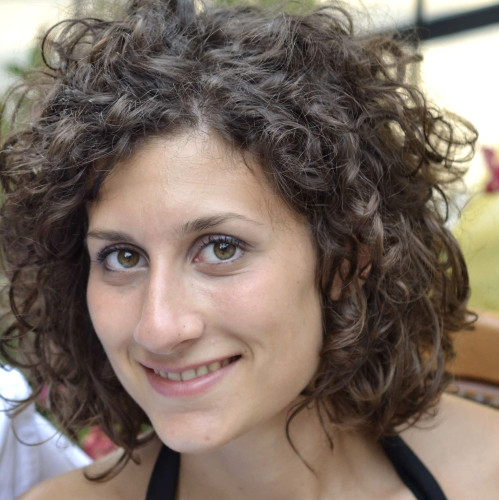
Dr. Thomas Fletcher
Tom graduated from UCL with his PhD in October 2020. He worked on Bayesian
parameter
estimation methods to accurately determine the mass function and
cosmic abundance of cold gas in the local
Universe, based on data from the xCOLD GASS survey. As part
of this, he produced the most accurate calculation
of OmegaH2 and of the molecular gas mass
function in the
local universe to date. Tom is now a postdoc at King's College London, applying his skills to the field of
biomedical imaging.
| publications
| contact
|

Dr. Lucy Hogarth
Lucy's research involved combining ALMA maps of CO emission and SAMI and MaNGA
integral field
spectroscopy maps of optical emission lines to assess the impact of star formation feedback on the cold interstellar medium of galaxies in the local
Universe. She is in particular an expert in the kinematic modeling of
molecular gas observations of nearby galaxies, as a way of assessing the role of stellar bars in regulating star formation.
Lucy's thesis, Going with the radial flow: how molecular gas flows affect the large-scale evolution of galaxies was awarded the 2023 Christopher Skinner Prize for outstanding
postgraduate research in Astrophysics at UCL.
| publications
| contact
|
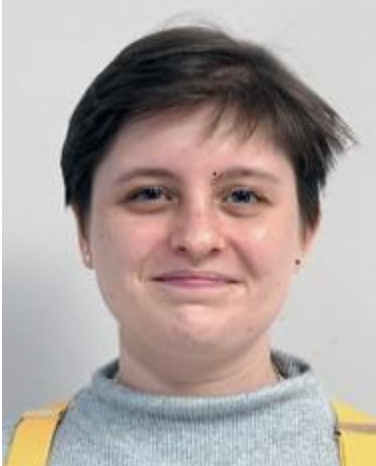
Dr. Isabella Lamperti
Isabella completed her PhD in December 2020. During her time at UCL, she studied the
properties of
dust in galaxies, applying Bayesian methods to
accurately model the infrared spectral energy distribution
of galaxies from the JINGLE
She also applied these methods to high-redshift galaxies, and studied CO line ratios in
star-forming galaxies and AGN hosts from the xCOLD GASS and BASS surveys. Isabella spent the final year of her PhD at ESO, working on dust and gas in
high-redshift AGN, and is now a postoc at the Astrobiology Centre in Madrid, working on the properties of the ISM of high-redshift galaxies using ALMA and JWST observations.
| publications
| contact
|
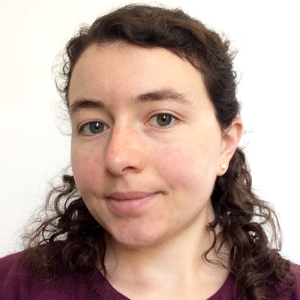
Dr. Maria Lomaeva
Maria completed her PhD in 2023, having worked on the resolved star formation histories of nearby galaxies using data from the MUSE
instrument. Maria devised a metric to assess the recent star formation histories of galaxies, applying the method to the PHANGS-MUSE sample, and linking the results with the properties of the molecular gas. Before joining UCL, Maria worked on the abundances of giant stars in
the disc and bulge of the Milky Way. Maria now works as a data anlalyst for Bloomberg.
| publications
| contact
|
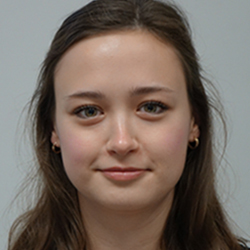
Dr. Katharina Lutz
Katharina completed her MSc in Physics at the Technical University of
Munich (Germany). Her Master's thesis research was conducted at the Max Planck
Institute for Extraterrestrial Physics (MPE), on the topic of gas accretion and stellar mass growth in low mass galaxies,
analysing data from the COLD GASS survey and optical
spectroscopy she performed at the NTT. Katharina obtained her PhD at Swinburne University studying
the most HI-rich galaxies in the local Universe. Katharina now works as a space data scientist at the German Aerospace Center.
| publications
| contact
|
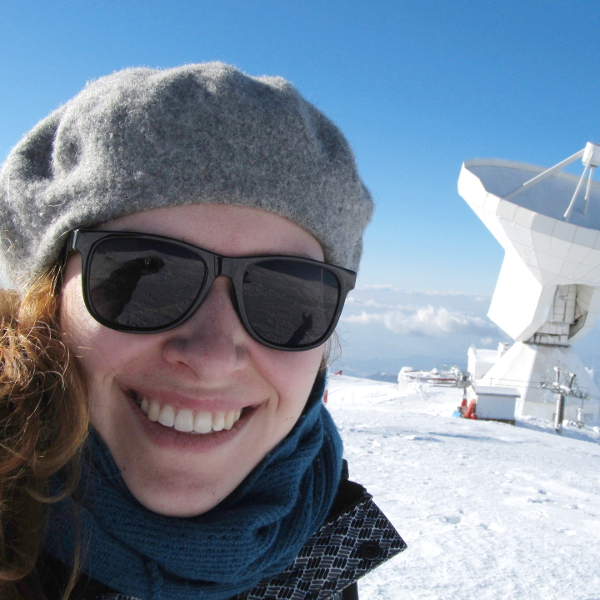
Dr. Guido Roberts-Borsani
Guido completed his PhD at UCL in July 2019. He used data from the Sloan Digital Sky
Survey, ALFALFA and xCOLD GASS to study the impact
of galactic-scale outflows on galaxy evolution. By
combining these multi-walength datasets, he investigated
if/when star formation and AGN activity can drive
outflows of ionised, atomic, and/or molecular
gas. Guido also works on techniques to detect
galaxies in the very early Universe, and is now pursuing this line of reseach as a SNSF Postdoctoral Fellow at the University of Geneva.
| publications
| contact
|
